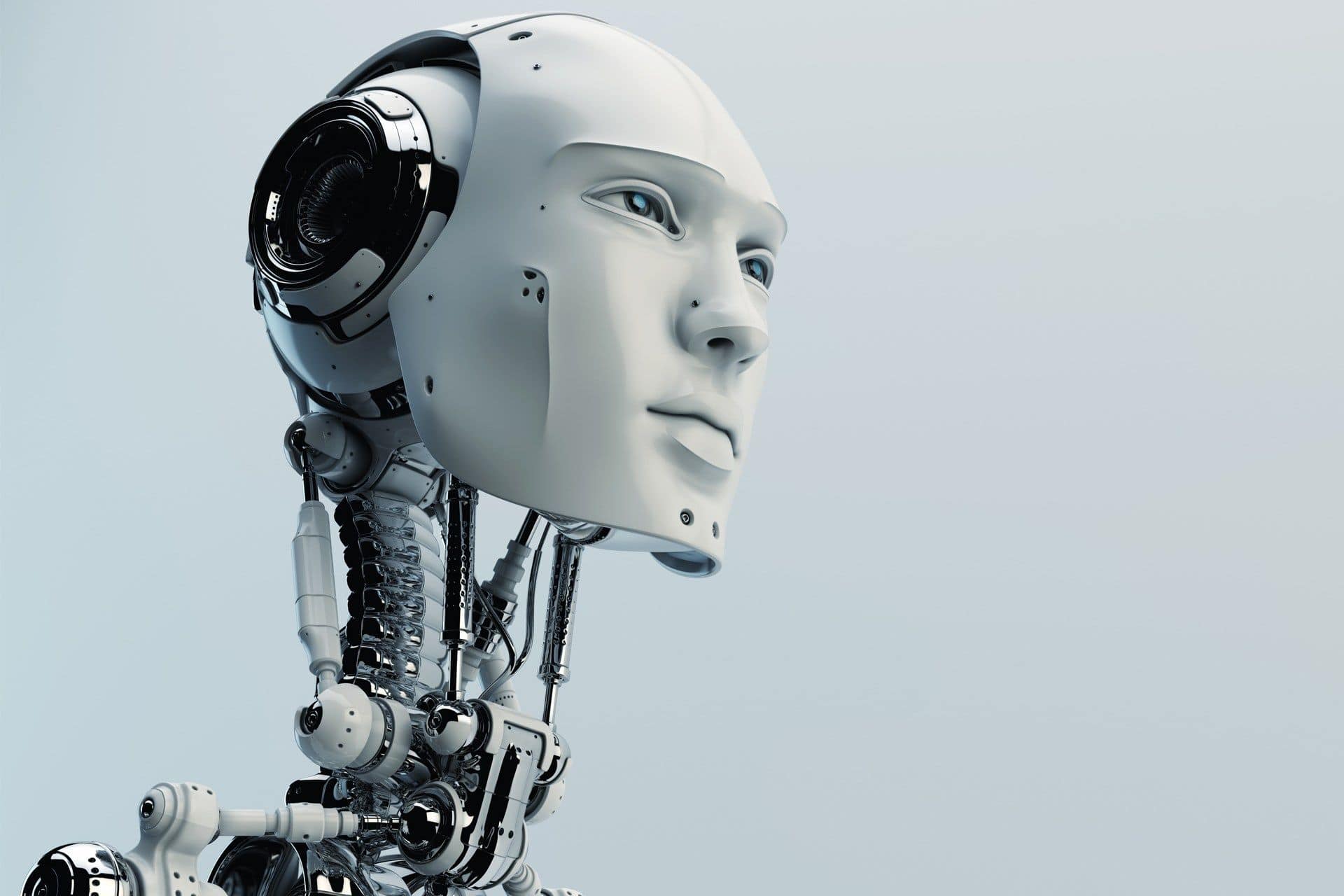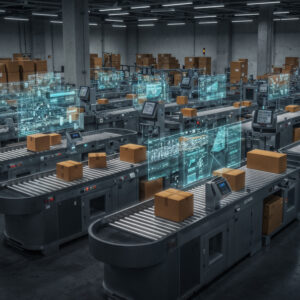Article by: Asst. Prof. Suwan Juntiwasarakij, Ph.D., MEGA Tech Senior Editor
Robot is not a new technical terminology, and it has become an important element in today’s popular culture. However, robot may convey different impressions, which are influenced by illustrations in mainstream media. One may carry on knowledge from Hollywood films such Skynet from the film Terminator or personal assistance robots from the film iRobot.
In fact, robotics is a subject in engineering which studies about robots.Robotics is a branch of engineering that deals with the conception, manufacture, design, and operation of Robots. This field includes mechanical engineering, electrical engineering, computer engineering and others. However, robots illustrated in this issue are contextually employed as found in robotic process automation (RPA).
Recently, businesses have increasing adopted robotic process automation (RPA), a system to automate repetitive and often rules-based processes. These transactional processes are typically located within a shared services center or another part of the back office. Commonly known as a “robot,” intelligence software is designed to function certain tasks such capturing and interpreting existing IT application to enable transaction processes, data manipulation and communication across multiple IT systems. In addition, a collection of robots is capable of providing services as a non-human virtual workforce.

Source: Looking into the Future: Leveraging the Power of AI and Robotics by PwC
Global robotic process automation market is expected to reach $4.3 billion by 2022. According to Research and Markets, the adoption of business automation technologies by enterprises has increased because of significant growth in technologies such as artificial intelligence and cognitive learning. This has led to rapid increase in demand for virtual workforce to eliminate repetitive human efforts, driving the market, globally
INSIGHTS INTO ROBOTICS MARKETS
On the basis of operation, the robotic process automation market is categorized into rule based and knowledge based; of the two, the rule based category held a larger revenue share in the market, valued at more than 59% in 2017. The rule based operation has gained significant interest from all sized enterprises, as it enables organizations to configure software robots that effectively automate various annual and highly repetitive tasks. It also helps organizations in saving a lot of time by completing an actual human task within a fraction of seconds.

Source: RPA Forecast by HFS Research
THE KEY PLAYERS
Based on enterprise size, the robotic process automation market is segmented into large enterprise, and small and medium enterprise (SME). Small and medium enterprises are expected to witness faster growth, with a CAGR of 37% during the forecast period, and surpass large enterprises by 2022 in terms of revenue. The high growth is expected due to significant interest shown by SMEs in process automation across the globe to enhance their operational efficiencies by automating their business applications. However, the prominent players in the robotic process automation market are can be categorized with regard to marketing criteria into three marketing performances such as execution, innovation, and voice of the customer.
According to HFS Research, provider capabilities across the RPA services value are based on depth of experience. The depth of experience scale levels are such as [1] no experience, [2] emerging with fewer than 10 engagement, [3] intermediate with 10 to 25 engagements, and [4] expert with more than 25 engagements. The head map illustrations are as followings.

Source: RPA Forecast by HFS Research

Source: RPA Forecast by HFS Research
REGIONAL MARKET SHARE AND GROWTH
North America region accounts for largest share in robotic process automation market owing to high development in field of technology and presence of developed countries. Europe is one of the prominent player in the market of robotic process automation. Countries such as U.K., Germany and Italy are the major contributors in the market growth due to the rich manufacturing and automotive industry.

Source: RPA Forecast by HFS Research

Source: RPA Forecast by HFS Research
Asia-Pacific is expected to emerge as fastest growing market during the forecast period. Development of Asian countries and demand for consumer electronic products is forcing the manufacturers to adopt a cost effective technology in the manufacturing process.The expected growth in the regional-level market can be attributed to factors such as advancement in new technologies, growing digitalization, growth in automation software industry, and increasing adoption of business process automation solutions by small and medium scale enterprises in the region.

Source: RPA Forecast by HFS Research

Source: RPA Forecast by HFS Research





